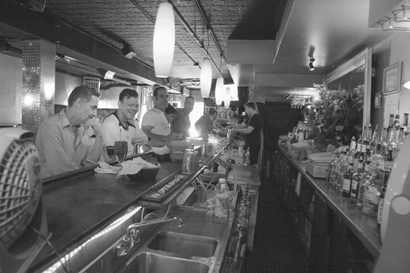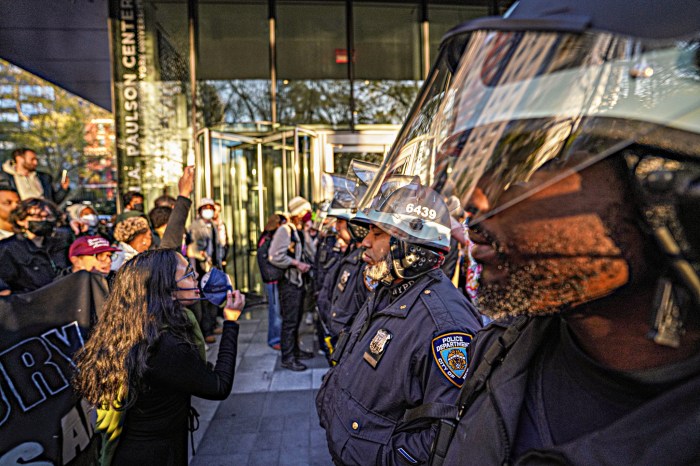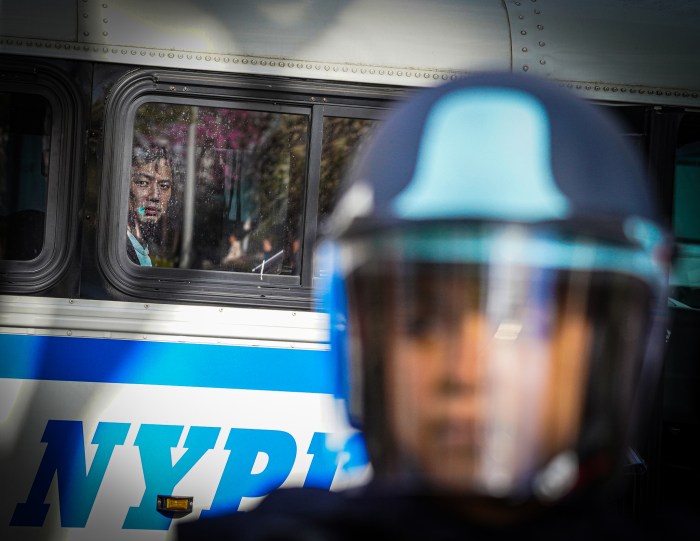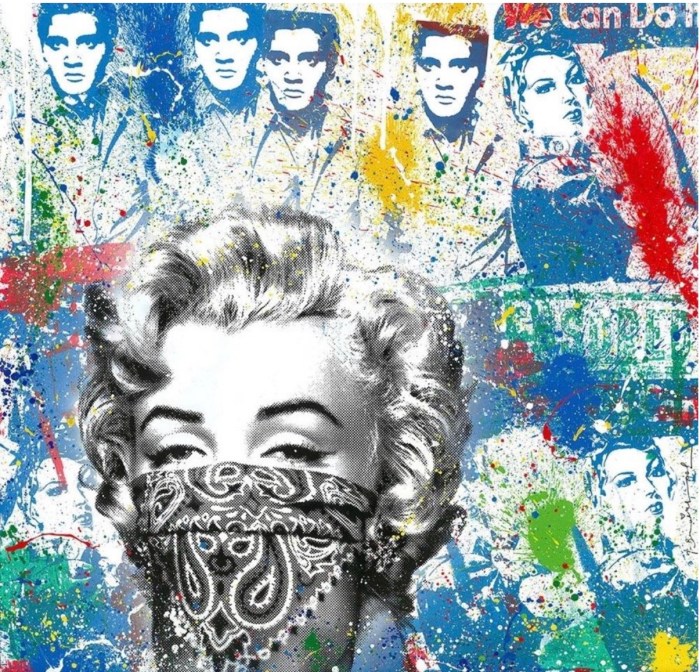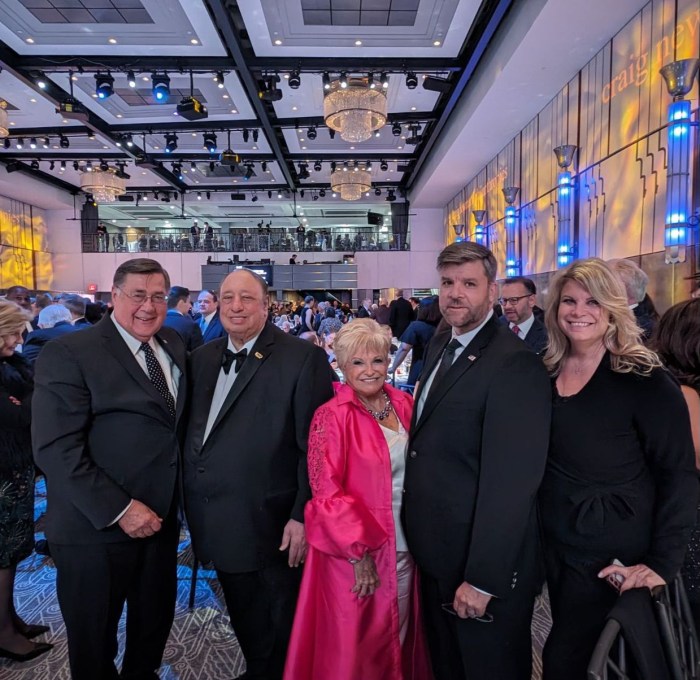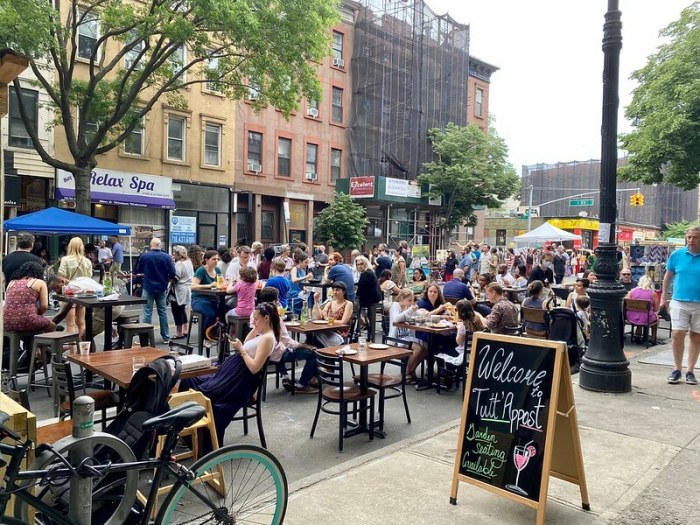BY John Koblin
Standing up, charging forward and refusing to stand back is Stonewall’s legacy.
Defeat and low morale is Stonewall’s story today.
This Sunday, as New York’s queer community celebrates the modern gay civil rights movement that began with the 1969 Stonewall riots, the namesake bar is long forgotten.
Just ask Bob Gurecki, the tortured 56-year-old co-owner of the Stonewall Inn.
“It’s crumbling all around me,” he said, standing on the street outside the bar where parking meters and bottles were thrown at police 37 years earlier. “I’m trying to hold it up but I just can’t anymore.”
Stonewall is in inexorable decline. After being closed for some 20 years, Stonewall reopened in 1990 at 53 Christopher St. and was supposed to return to its former glory, a bar the Village Voice described in 1969 as the “city’s largest, most popular” gay bar.
Instead, the opposite has happened. The bar is largely ignored by the gay community with some uninterested in its parties, others unaware of its existence. Locals, meanwhile, groan about problems with noise and occasionally tawdry parties.
“Stonewall is a blight on the neighborhood,” said Rick Panson, the former owner of Duplex, a bar next door and a member of Greenwich Village’s Community Board 2. “It doesn’t represent something historical, but something unsavory.”
The result is a historic temple in its death throes and an owner who is watching it fall to ruins.
On a recent weeknight a little after midnight, there was an empty dance floor and a pool table without cue sticks and balls. Gurecki, sitting at the bar, threw up his hands in frustration and said water, gas and electric bills are frequently missed and no one seems to care, either.
“This has become the ‘Abbott and Costello’ house where you put the gas on and water comes out,” he said, lighting a cigarette.
He took a puff and stared at a desolate space where one patron was sprawled on a plush couch, asleep.
“I took this place from the ashes, but how much more can I do now? I can’t do it anymore.”
But how could this happen? After all, the Stonewall is to the gay community as Yankee Stadium is to baseball fans. How could a place with such history and a name teeming with utter marketability, fall so hard?
“If people were so concerned, they’d be here to support me,” he said. “The gay community hasn’t been here to support me.”
Gurecki, in the end, squares blame with himself and his co-owner, who owns 75 percent of the bar. He said mistakes were made in the early 1990s when the bar had frequent run-ins with the police for its attracting drug dealers, which stoked the fury of local residents and neighboring club owners like Panson.
As a result, a reputation grew that was far removed from some venerable palace of gay rights. So much so that the community board forced a shutdown of the entrance in the famous brick facade on Christopher St., making the bar’s patrons enter through a dishearteningly ordinary Seventh Ave. entrance.
“It was illegal, they shouldn’t have been using it,” said Doris Diether, the C.B. 2 member responsible for the shutdown (the entrance at 51 Christopher St., where the raids started, is now a shoe shop).
But the bar has lost favor with the gay community too for, well, just dull parties.
Consider Detention Thursday, the once popular gay teen and college party. Like all the parties at Stonewall, an advertisement poster for Detention pays scant attention to the Stonewall name in favor of a skinny teenager in underwear.
Only four college students, all of whom hailed from New Jersey, used the dance floor last Thursday. Sometime after midnight a bartender picked up a mop and got to work early cleaning up the floor.
Ask the college students on the dance floor about Stonewall and they have only the faintest sense of what it is, if any at all.
“It’s just dead here,” said Jeremy MacKechnie, a 20-year old Fordham student. “I have no idea what Stonewall is.”
Perhaps poor schooling is to blame, or perhaps it’s just shoddy marketing. Certainly, the bar doesn’t exude any sense of place.
The only mention to history is a few cursorily framed newspaper articles hung on the wall when patrons first enter.
When Gurecki showed a reporter the clippings, he noticed a framed New York Times article was missing.
“Well, the hook is there, so someone stole it,” he said, defeated but unsurprised.
In the end, Gurecki, sometimes sounding like a tragic Shakespearean character, puts an unbearable load on his shoulders. He has memories of coming to Stonewall as a nervous 17-year-old traveling in from Bloomfield, N.J. But four decades later, he sits at a bar in a sleeveless T-shirt, his muscles sagging and his hands shaking.
“It’s so disappointing that this is what it became,” he said. “If you told me this back when I started, I wouldn’t believe it. This isn’t the way it should be. I’ve failed my generation.”
Perhaps, though, he has set the bar too high for himself. Indeed, the Stonewall of the 1960s was widely regarded as a dive in its own right. Accounts recall no running water, unwashed glasses and hepatitis raging rampant in the bar.
“All bars in those days were Mafia controlled,” said Edmund White, the famous gay writer who used to go to the bar. “The mob didn’t waste money on décor when they had a captive audience.”
But dirty or not, Stonewall was very much a place to go, certainly on the to-do list among the queer community.
“I used to go to the Stonewall to dance,” said White. “It had a jukebox, no D.J., a good mix of songs. There were two rooms — a bar where the front door was guarded by a fat Mafia guy and a darker room, cleared of furniture, the floor turned over to dancing.
“Most of the dancing was fast,” he added, “but occasionally there would be a sexy humping slow dance.”
On Laidback Wednesday this past week, two black men moved couches and furniture in order to clear room to dance as well. But that’s not because the floor is pulsing with bodies, but just so they have room to do something closer to a break dance, which requires a lot of open space.
Meanwhile, the Stonewall continues to sink farther away from something it was.
“This is nothing special now,” said Panson. “It’s not even something the gay community would look toward and say, This should represent the gay community.”
But perhaps the location is not of critical importance. Even as the building and the bar’s reputation crumble, the idea of Stonewall survives, rolling with the current of Gay Pride.
“I suppose the place is never as important as the symbol it becomes,” said White. “The Bastille was almost empty when it was ‘liberated,’ and the Twin Towers looked ugly and old-fashioned when they were inaugurated.”



